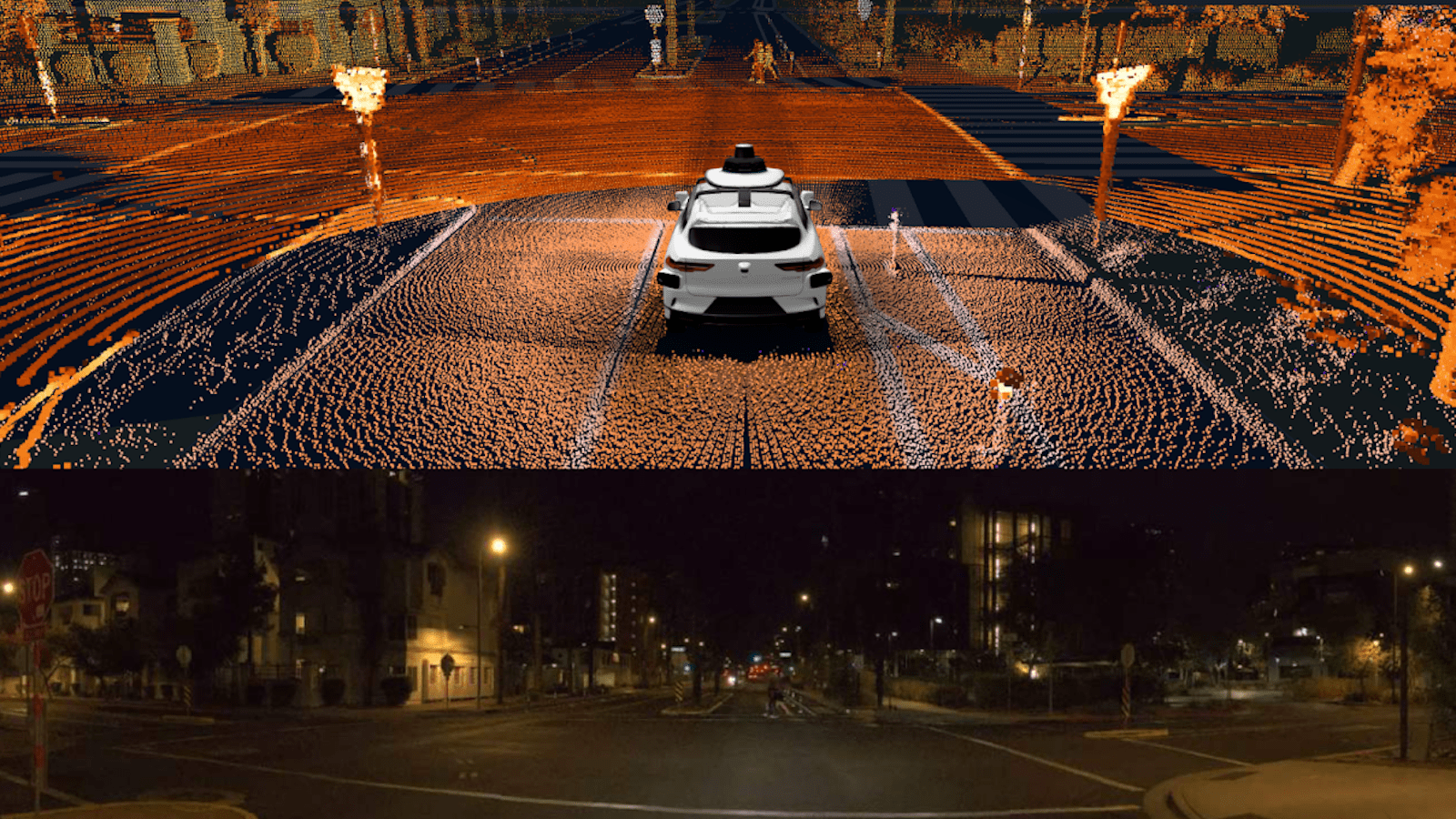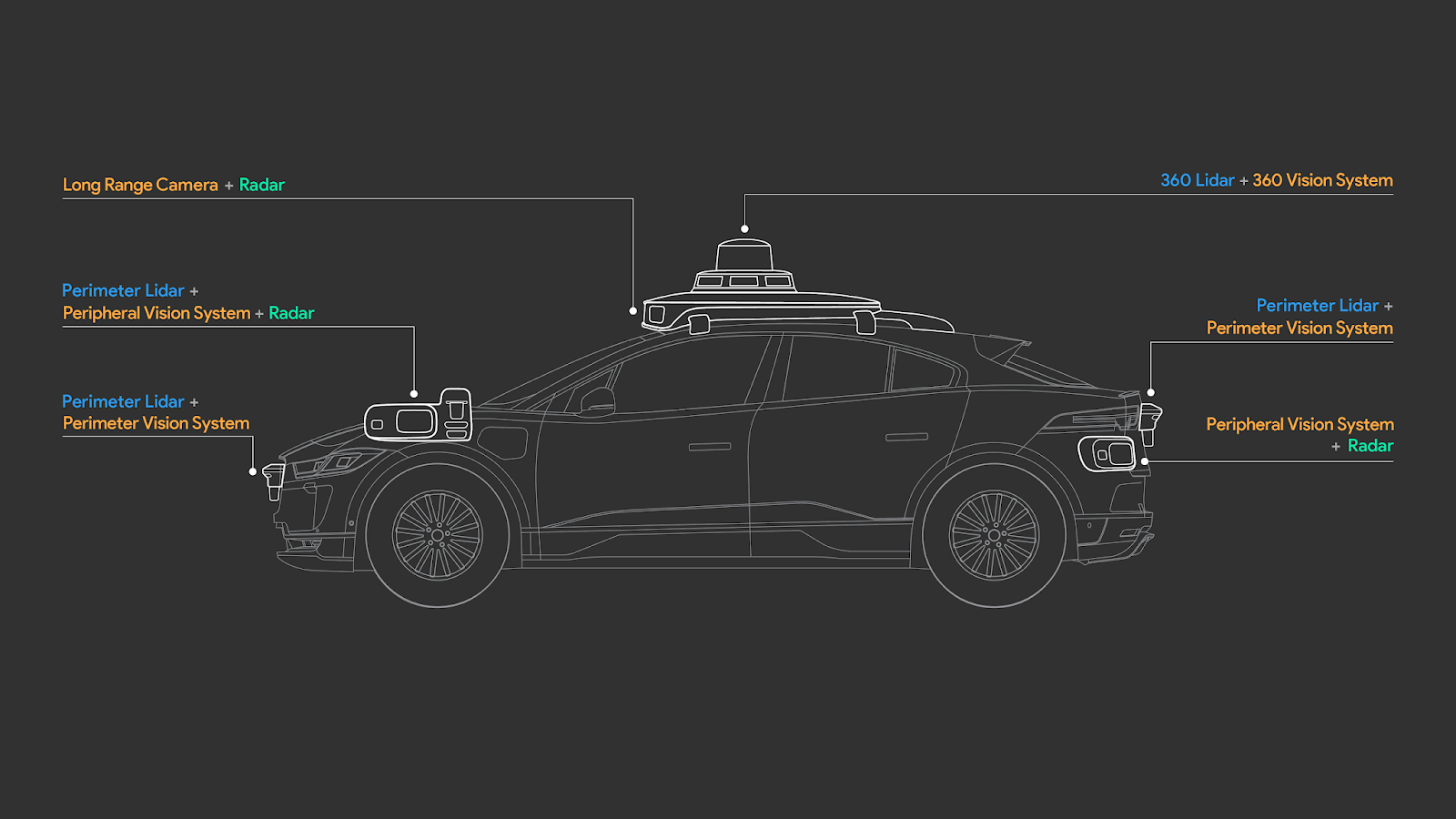EVNow
Well-Known Member
There are multiple players in the market pursuing various strategies based on certain commonly accepted stuff in the industryFinally someone puts two and two together. Seriously thank you!
I have yet to see a Tesla proponent accept this straight forward logic or even come to that realization till today.
Every one I have seen have avoided logic like this like a plague or created some twisted mental gymnastics to get around it.
Typically Tesla fan would say something along the lines of: "if Tesla does A, it will be the greatest achievement of mankind."
Then when asked what if Company B does it is it still the greatest? They would say "ofcourse not. it means absolutely nothing."
- Lidar is needed for AVs
- Bigger, varied Data is needed for NN training
As new things come about, we should re-evaluate our assumptions. There are people on both sides who won't do this, not just Tesla fans on one side. I'm genuinely in the middle here on the "show me" side - unlike on the EV debate.
Mind you - my statement preceded with "If Cruise can do this ...". So, we have to wait and see - since unlike Tesla, nobody is transparent.






